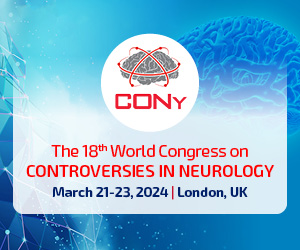Hyponatraemia in a patent after craniocerebral injury – problems of diagnosis and treatment
Wojciech Ilków1, Anita Ilków2
 Affiliation and address for correspondence
Affiliation and address for correspondenceHyponatraemia is the most common electrolyte disorder observed in patients with a severe neurological condition, significantly affecting mortality. Both cerebral salt wasting syndrome and the syndrome of inappropriate antidiuretic hormone secretion manifest with hyponatraemia, showing at the same time a lot of similarities in the clinical picture and laboratory findings. However, due to different diagnostic and therapeutic processes, misdiagnosis can be a great danger for the patient. The treatment of inappropriate antidiuretic hormone secretion is associated with restricted fluid supply, as hyponatraemia is a result of an excess of free water in the body. In the case of cerebral salt wasting syndrome, severe loss of sodium in the urine is the main pathological mechanism of hyponatraemia; hence its treatment consists in sodium supplementation and fluid intake. The authors present a case of a 16-year-old patient treated surgically at the Department of Neurosurgery of the Provincial Medical Centre in Opole due to severe craniocerebral injury, as a result of which cerebral salt wasting syndrome developed on the 8th day. The diagnostic and therapeutic process, differential diagnosis and a review of the literature are included in the discussion. The authors believe that the information contained in the article will be helpful in the diagnosis and treatment of hyponatraemia in patients with a severe neurological condition.








